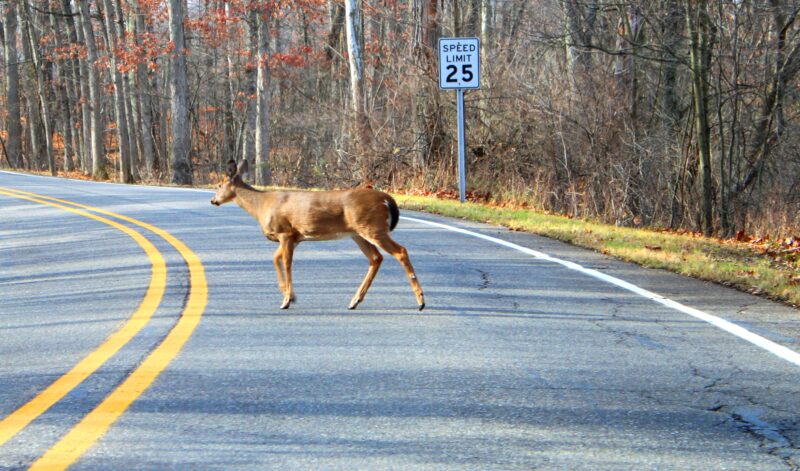
On Tuesday, the U.S. Department of Transportation (USDOT) announced it would be launching a first-of-its-kind program to prevent wildlife-vehicle collisions and improve road safety.
The program, created as part of the Bipartisan Infrastructure Law, would make grant funding administered by the Federal Highway Administration available to states and communities to build wildlife crossings over or under busy roads. The program would also fund warning signs, mapping and tracking tools, and more, USDOT officials said.
“Every year, Americans are injured and killed in crashes involving cars and wildlife,” U.S. Transportation Secretary Pete Buttigieg said. “By launching the Wildlife Crossings Pilot Program, we are taking an important step to prevent deadly crashes in communities across the country and make America’s roadways safer for everyone who uses them.”
The USDOT said wildlife-vehicle collisions are a safety issue, especially in rural areas, killing an estimated 200 people per year. Many more, the department said, are injured. More than 1 million collisions involving wildlife and vehicles are reported each year. Through the new program, the Wildlife Crossings Pilot Program, a total of $350 million in grant funding would be available over the next five years, with $111 million awarded the first year.
“There are proven practices to prevent crashes between vehicles and wildlife, and with this investment, we’re going to take commonsense steps to reduce collisions and make roads safer for rural and urban communities alike,” Federal Highway Administrator Shailen Bhatt said. “Thanks to the Bipartisan Infrastructure Law, communities that may not previously have had access to funding for these critical projects can finally make roads safer while protecting wildlife and their movement corridors.”
Grant funding is available for all types of project activities including research, planning, design and construction, officials said. State departments of transportation, metropolitan planning organizations (MPOs), local governments, regional transportation authorities, special purpose districts, Indian tribes and Federal land management agencies, among others, are all eligible for the grant funding.